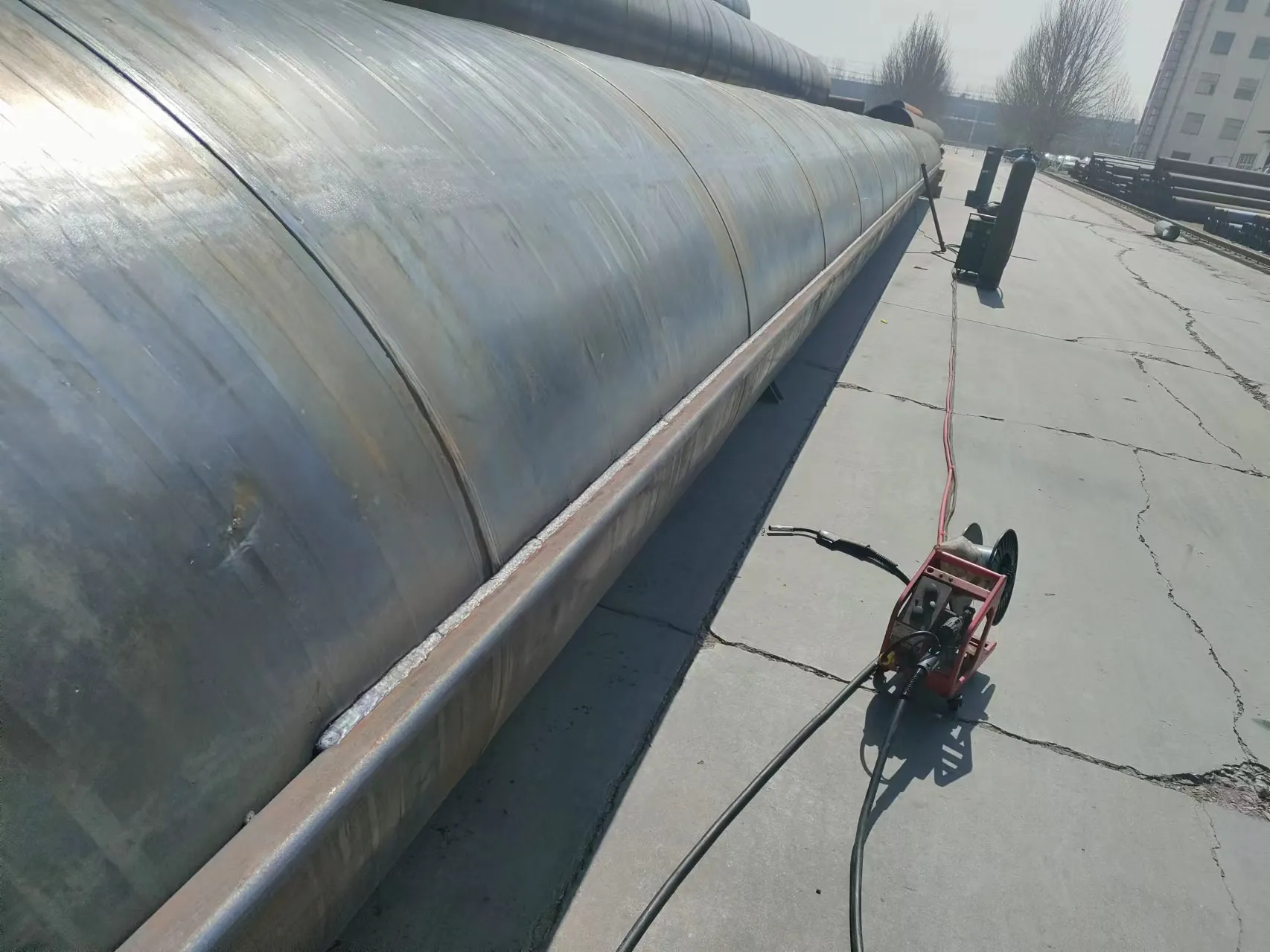-
Cangzhou Yulong Steel Co., Ltd.
-
Phone:
+86 13303177267 -
Email:
admin@ylsteelfittings.com
- English
- Arabic
- Italian
- Spanish
- Portuguese
- German
- kazakh
- Persian
- Greek
- French
- Russian
- Polish
- Thai
- Indonesian
- Vietnamese
- Zulu
- Korean
- Uzbek
- Hindi
- Serbian
- Malay
- Ukrainian
- Gujarati
- Haitian Creole
- hausa
- hawaiian
- Hebrew
- Miao
- Hungarian
- Icelandic
- igbo
- irish
- Japanese
- Javanese
- Kannada
- Khmer
- Rwandese
- Afrikaans
- Albanian
- Amharic
- Armenian
- Azerbaijani
- Basque
- Belarusian
- Bengali
- Bosnian
- Bulgarian
- Catalan
- Cebuano
- China
- China (Taiwan)
- Corsican
- Croatian
- Czech
- Danish
- Esperanto
- Estonian
- Finnish
- Frisian
- Galician
- Georgian
- Kurdish
- Kyrgyz
- Lao
- Latin
- Latvian
- Lithuanian
- Luxembourgish
- Macedonian
- Malgashi
- Malayalam
- Maltese
- Maori
- Marathi
- Mongolian
- Myanmar
- Nepali
- Norwegian
- Norwegian
- Occitan
- Pashto
- Dutch
- Punjabi
- Romanian
- Samoan
- Scottish Gaelic
- Sesotho
- Shona
- Sindhi
- Sinhala
- Slovak
- Slovenian
- Somali
- Sundanese
- Swahili
- Swedish
- Tagalog
- Tajik
- Tamil
- Tatar
- Telugu
- Turkish
- Turkmen
- Urdu
- Uighur
- Welsh
- Bantu
- Yiddish
- Yoruba

Sep . 22, 2024 13:08 Back to list
api 5l x42 pipe
Understanding API 5L X42 Pipe Specifications and Applications
API 5L X42 pipe is a critical component in the world of pipeline construction, particularly in the oil and gas industry. This specification, developed by the American Petroleum Institute (API), covers seamless and welded steel pipes that are utilized for transporting gas, water, and oil in both the oil and natural gas industries. The X in X42 refers to the minimum yield strength of the pipe, which is 42,000 psi, indicating its ability to withstand high pressure and demanding conditions.
Chemical Composition and Mechanical Properties
The chemical composition of API 5L X42 pipe typically includes a wide range of elements that contribute to its strength, durability, and resistance to corrosion. Commonly, it comprises carbon (C), manganese (Mn), phosphorus (P), sulfur (S), and a small percentage of silicon (Si) and nickel (Ni). The right balance of these elements ensures that the pipe can endure the harsh environments typically found in oil and gas applications.
The mechanical properties of API 5L X42 include its yield strength and tensile strength, with minimum yield strength being 42,000 psi. The tensile strength, which measures the maximum stress that the pipe can withstand while being stretched or pulled before failing, is also a critical factor. These properties make X42 pipes suitable for high-stress applications, ensuring they can handle the weight of the materials they transport and resist any deformation.
api 5l x42 pipe

Installation and Application
API 5L X42 pipes are extensively used in various applications. They are ideal for the transportation of oil and natural gas over long distances. Their robust characteristics make them suitable for underground and underwater installations, where environmental conditions can be challenging. Additionally, they are often employed in the construction of pipelines for water systems and wastewater treatment plants.
The installation of API 5L X42 pipes requires careful planning and execution. Welded joints are commonly used to connect sections of the pipe, ensuring a secure and leak-proof system. Proper welding techniques are essential to maintain the integrity of the pipe and to prevent corrosion, which can significantly impact the lifespan of the pipeline.
Conclusion
In summary, API 5L X42 pipe is a vital material in the transportation of natural resources. Its combination of strength, durability, and resistance to critical environmental factors make it an ideal choice for pipeline applications. As the energy sector continues to evolve and demand grows for efficient transportation solutions, the significance of API 5L X42 and similar specifications will undoubtedly remain prominent. Understanding the specifications, applications, and proper installation practices of API 5L X42 pipes is essential for engineers and professionals in the industry to ensure reliability and safety in their projects.
Latest news
-
ANSI 150P SS304 SO FLANGE
NewsFeb.14,2025
-
ASTM A333GR6 STEEL PIPE
NewsJan.20,2025
-
ANSI B16.5 WELDING NECK FLANGE
NewsJan.15,2026
-
ANSI B16.5 SLIP-ON FLANGE
NewsApr.19,2024
-
SABS 1123 FLANGE
NewsJan.15,2025
-
DIN86044 PLATE FLANGE
NewsApr.19,2024
-
DIN2527 BLIND FLANGE
NewsApr.12,2024
-
JIS B2311 Butt-Welding Fittings LR/SR 45°/90° /180°Seamless/Weld
NewsApr.23,2024











